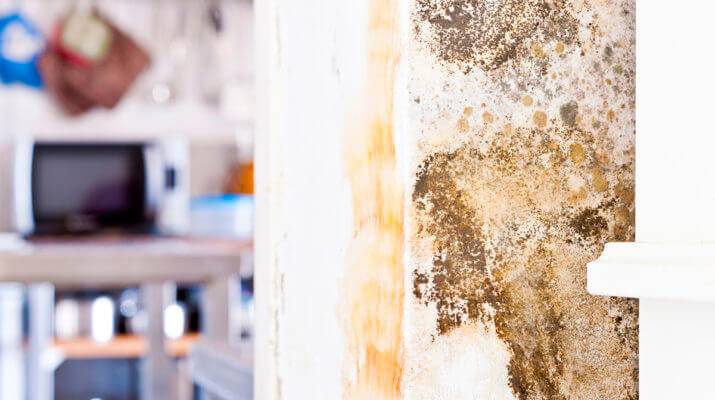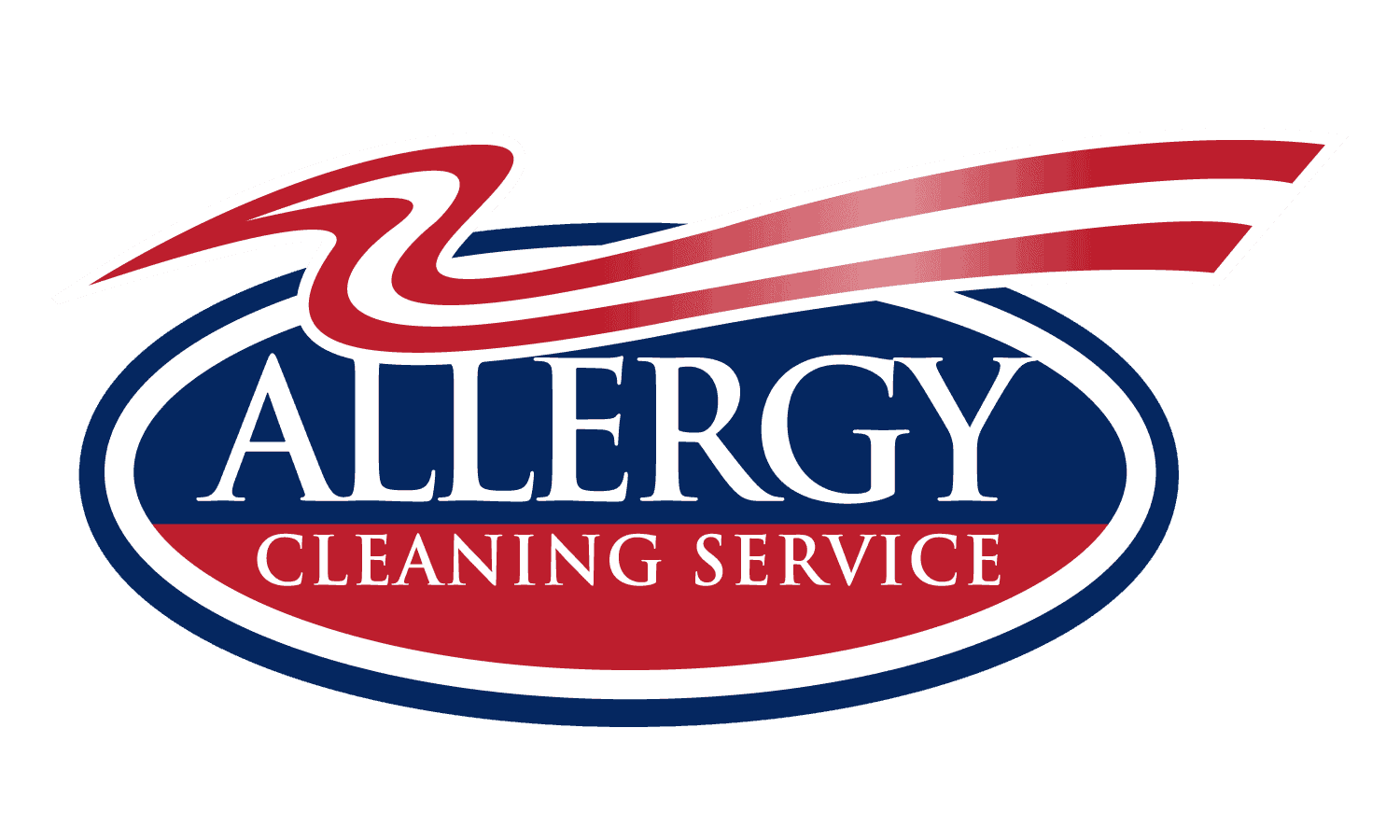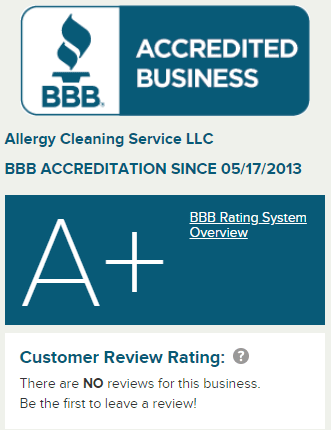 When talking about allergies, a lot of the times we think of mold. But, mold sometimes gets blamed for symptoms
When talking about allergies, a lot of the times we think of mold. But, mold sometimes gets blamed for symptoms
it’s not responsible for. Other types of indoor allergens are probably the culprits, such as cockroaches, dust mites,
dogs, cats, rats and mice. These six allergens are usually the allergy criminals. But right now, we are talking about
mold.
Unlike other allergens, mold creates serious issues for people who are not allergic to it. People with compromised
immune systems such as the elderly, infants and toddlers can get fungal infections caused by mold spores. On top of that, mold eventually destroys whatever material it grows on, such as walls, ceilings, some types of insulation.
Mold is everywhere, mold is a natural part of the life cycle. So just because mold is present does not mean that you
have a mold problem. The problem comes from how much of it is in your home. So, not only does Allergy Cleaning
Specialists looks for the type of mold present in your home or office but we also look for how much is in your living
or working space.
First we will ask about any water damage you may have had. Then we will do a infrared thermal visual inspection of
your home to see if we can visually see any signs of mold.
If we find visual evidence of mold, there is usually no need to proceed with an actually mold testing, unless you need to know what type of mold you have and/or how much is in your space.
Once you have determined that you would like to move on with the mold testing. We will either take air samplings
from different places in your home and also a outside sample to determine if there is more mold inside than outside.
We will then send your samples to a certified laboratory. They will analyze the samples and then we will send you a
report of the type of mold you have and how much exists. If you have more mold inside your home or workplace
than there is outside… you have a mold problem. Then we would advise you on what step to take next.

